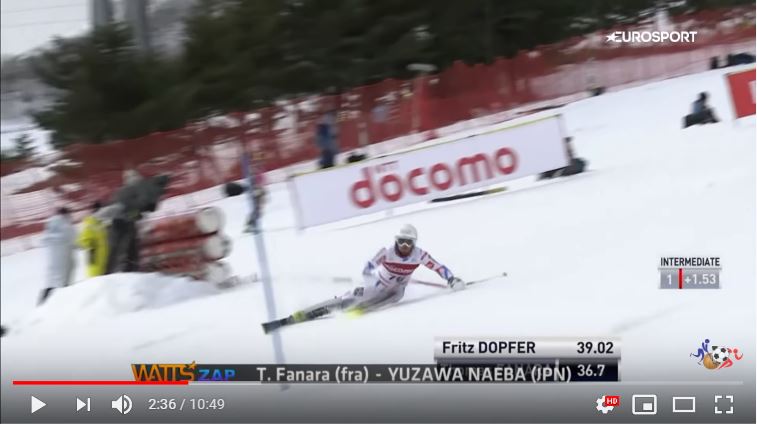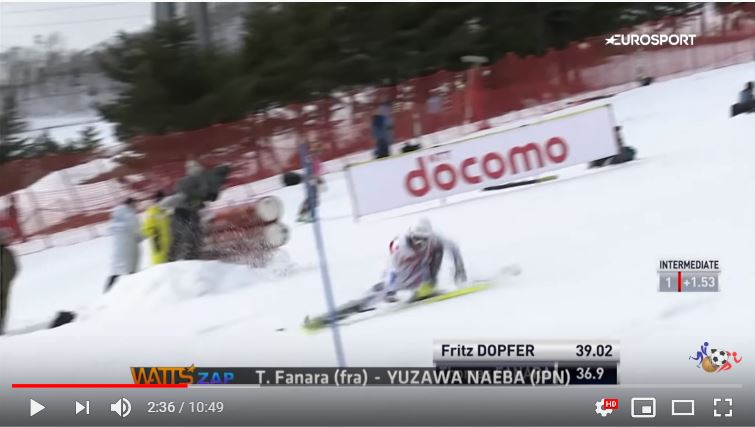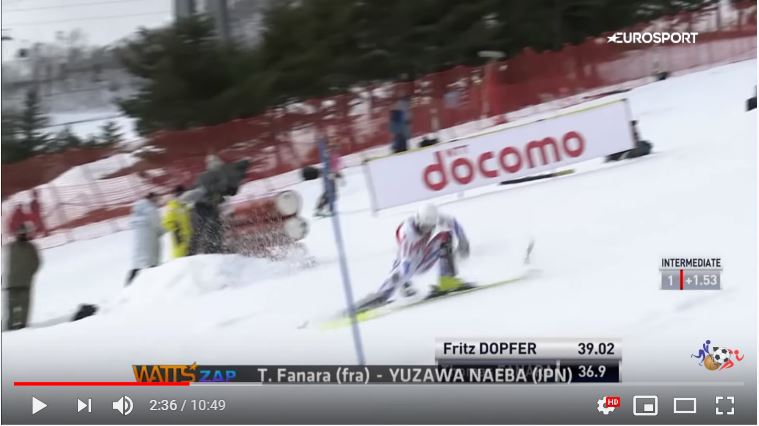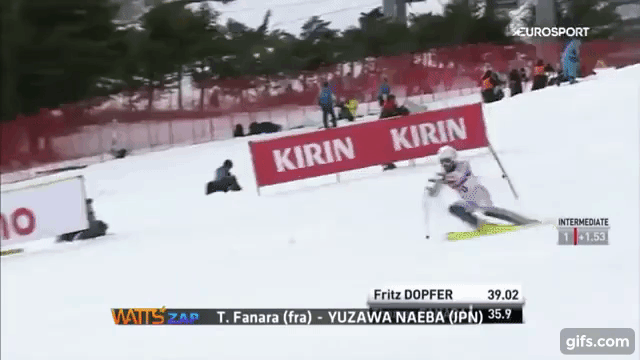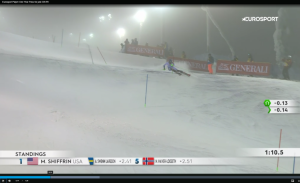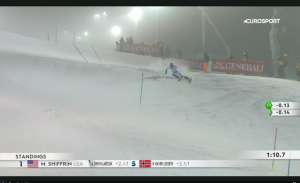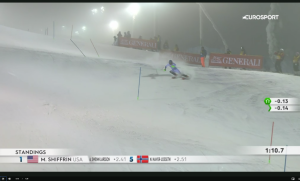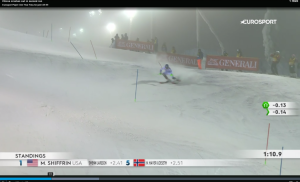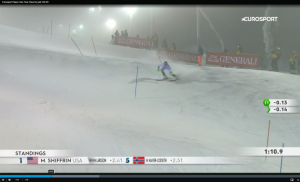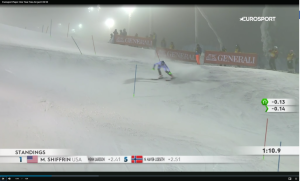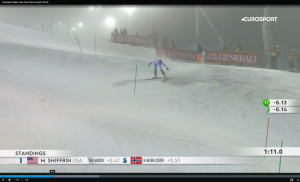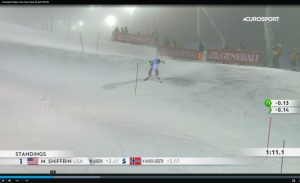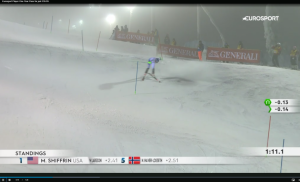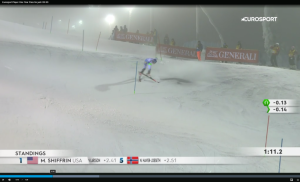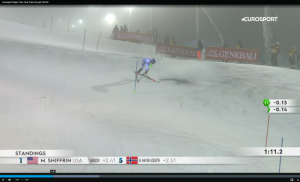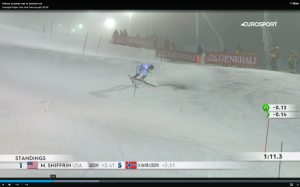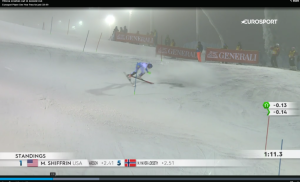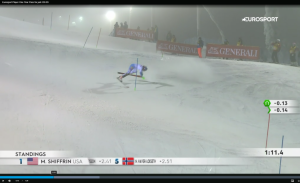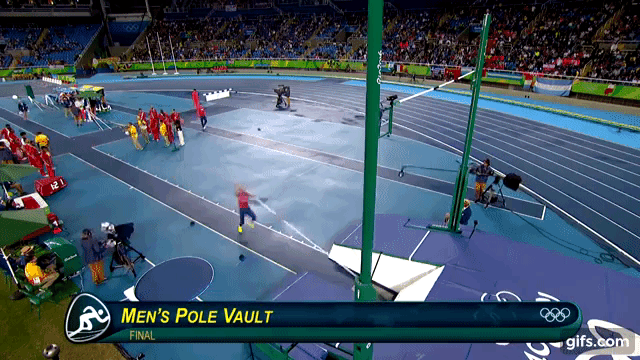I'd be a little careful reading too much into the 'jumping'. Here's another Caston article...
https://www.skimag.com/ski-resort-life/hop-to-it
One of the most common mistakes when people try a hop turn for the first time is actually using their legs to “hop” from one turn to the next. But jumping is hard, and not a very efficient use of energy. Instead, let the skis work for you, not against you. Think about using your skis as a spring to shoot into the sky...
Even that may need some thought. Ron leMaster writes in Ultimate Skiing (page 104) that
Contrary to common belief, the skis themselves don’t contribute appreciably to rebound through a trampoline effect. Compared to a skier’s weight, the skis are simply not stiff enough to store and return much energy. In addition, the skis are supported by the snow directly underneath the skier’s feet, unlike a trampoline, which is supported only along its edge.
leMaster reckons the rebound comes from
...edgeset at the end of the turn, resulting in an abrupt increase in the snow’s reaction force. The sudden force from the snow and accompanying deceleration of the skier’s feet produce two effects that cause the unweighting:
1. The first is an effect something like a pole vault. The box in which pole vaulters plant their poles is below their centers of gravity. The reaction of the box to the pole and the vaulter redirects the center of gravity into a circular arc with the box at its center.
2. The second source of rebound unweighting is a rubber-band effect of the leg and hip extensors: the thigh, buttock, and lower-back muscles. To get the sharp increase in pressure needed for the edgeset, the skier allows the center of gravity to fall toward the feet, then catches it with a quick contraction of those muscles. When the contracting muscles catch the falling mass of the upper body and upper legs, they stretch a bit, then recoil, tossing the center of gravity back upward.
That sure makes it important the body continues moving down the hill and seems to fit well with Caston's description with the 1st image in that article:
Load the Spring
This is where the energy for the hop turn starts. Pressure the downhill ski into the fall line through the heel. Anticipate the pole plant by reaching down the hill parallel to your leg.
 Also post#84.
Also post#84.

